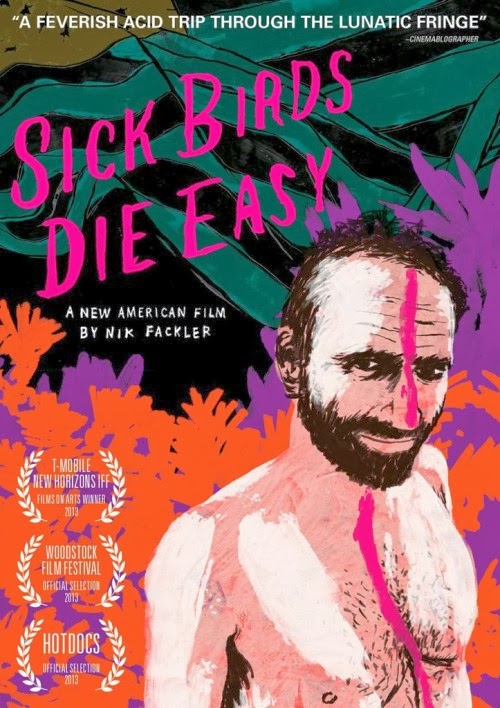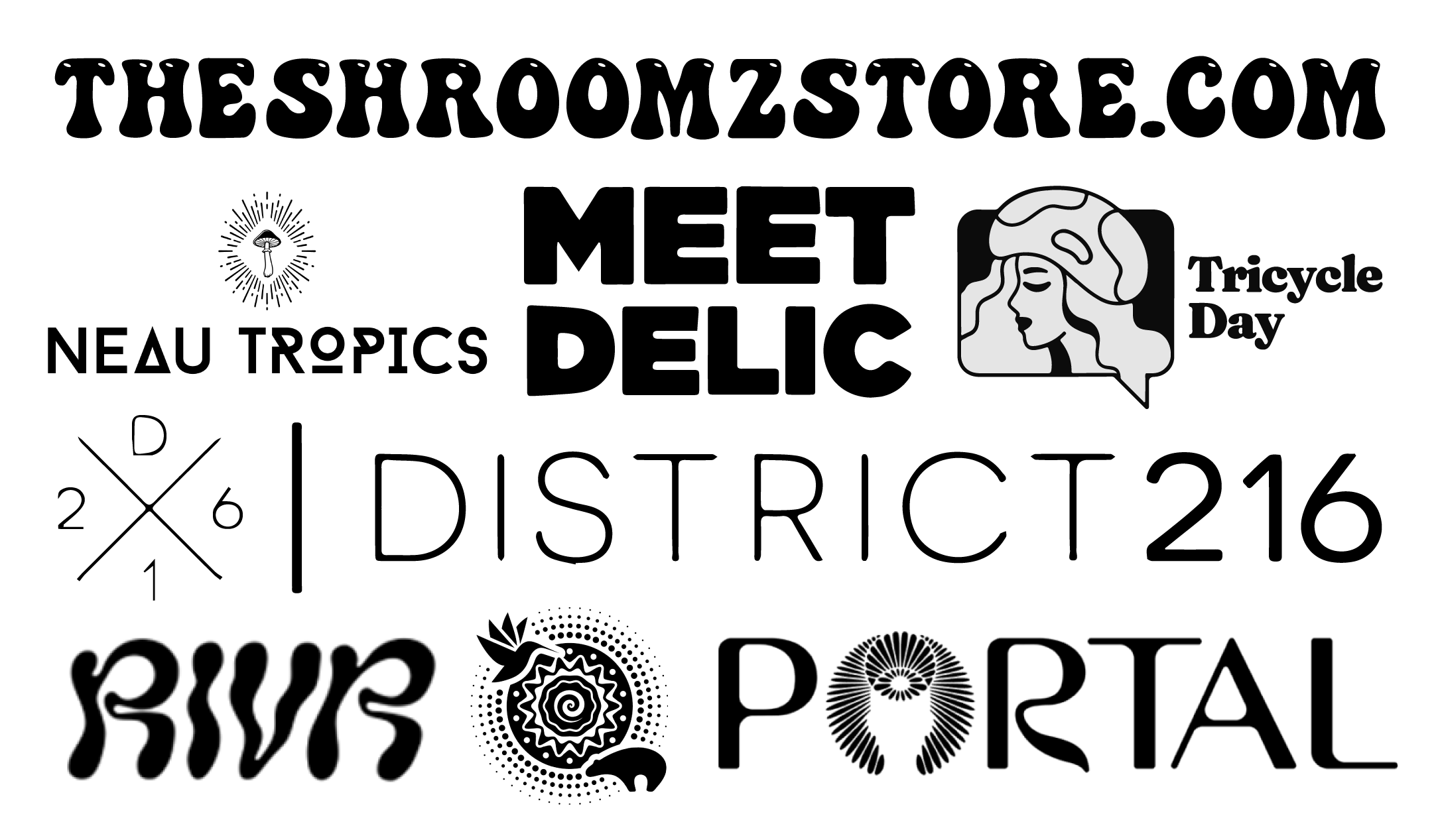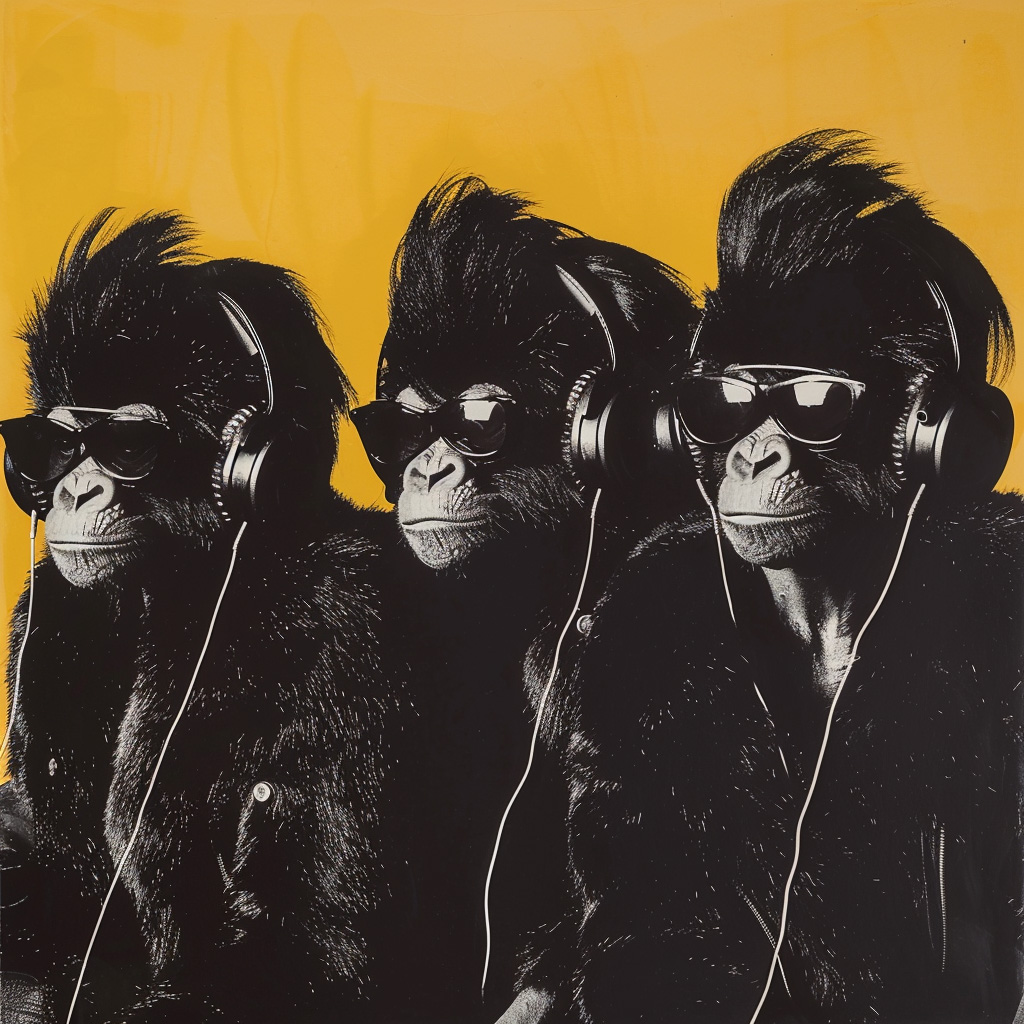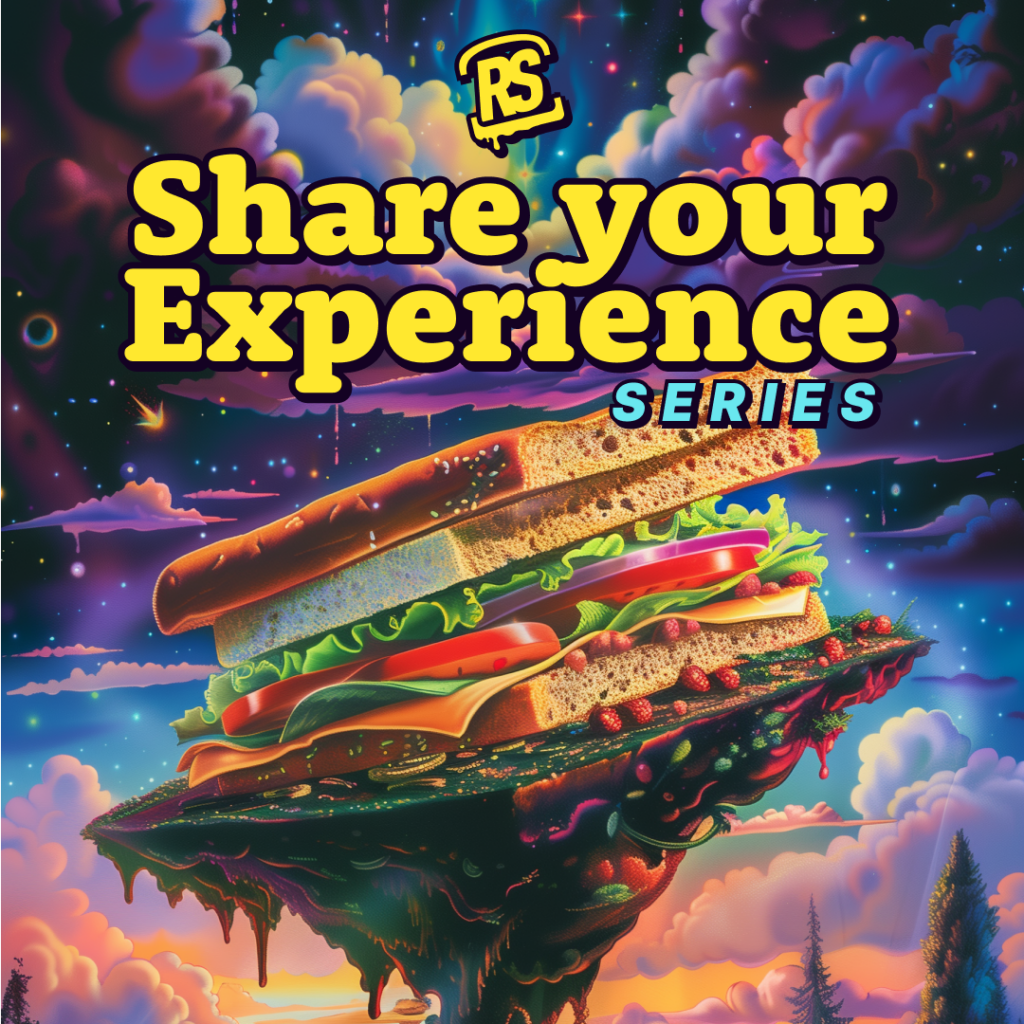Sick Birds Die Easy is astounding in its depiction of the central misunderstanding between indigenous politics and disillusioned 1st worlders, fed up with the material plane and the desolation of consumerism. The film crew dares to make exploratory journeys to the dark side of what the Director Nicholas Fackler deems to be the original primordial Eden, located in the primal jungles outside of the apocalyptic atmosphere lying dormant in Western civilization.
After Pinchbeck’s thorough experiential depictions of Iboga in Breaking Open the Head, the RS reader would be well familiar by now of the psychoactive effects contained in tabernanthe iboga. They may still be unfamiliar however, with the singular beauty of actually seeing the lively ritualistic setting come to life on film, as the viewer encounters wildly unstable Western personalities that must face off against the archaic and uniquely daunting sorcery of the sacred Central African shrub.
The film also highlights the audacity of white privilege and the 1st world ego, that inevitably must compete for glory in tribal alpha male domination to prop itself up. This social situation is further amplified and confused while the tribe undergoes intense doses of LSD in strange nocturnal dreamtime sessions, and then proceeds to get very lost in an unfamiliar and hostile indigenous setting.
The tension between the two characters Ross Brockley and Sam Martin—along with the surreal hallucinatory editing—permeates the atmosphere of Sick Birds with a decidedly Herzogian doom. It also recalls Neil L. Whiteheads two nightmarish masterpieces Dark Shamans: Kanaima and the Poetics of Violent Death and In Darkness and Secrecy: The Anthropology of Assault Sorcery and Witchcraft in Amazonia—books that offer an unscathing portrait of global brujeria, or the assault sorcery that is an all too common occurrence in the Amazon and other contemporary indigenous settings.
Sick Birds allows for a mirrored reflection in order to witness just how terrifying tribal magick can be when frozen under the digital lens of Faustian Western technology by inexperienced Western tourists. It’s also exemplary of the difference between the icey clinical psychology and familiarity of Acid, juxtaposed by the holographic psycho-technology of the still mysterious properties of plant-based entheogens.
Further entheodelic research and documentation will remain on course and centered around cooly mapping the Innerspace as intellectually sophisticated artists, researchers, and scientists young and old remain actively challenging the outdated political consensus and scientific worldview contained in the near future of psychedelic therapy, once again sweeping the core of mainstream media in the modern West. The new psycho-therapeutic specific approach to psychedelics is perhaps best conceptualized by MAPS new publication Manifesting Minds, Thomas B. Roberts’ The Psychedelic Future of Mind and James Fadiman’s now classic The Psychedelic Explorer’s Guide: Safe, Therapeutic, and Sacred Journeys.
In this context, Sick Birds Die Easy remains essential viewing for those who wish to better understand how dire the mission of healing sick souls through both ancient and comparatively new spiritual technology is in the 21st century. As RS contributor Rak Razam has previously said in both his book and documentary Aya Awakenings, the shamanic resurgence now begins to dawn on a global scale.















